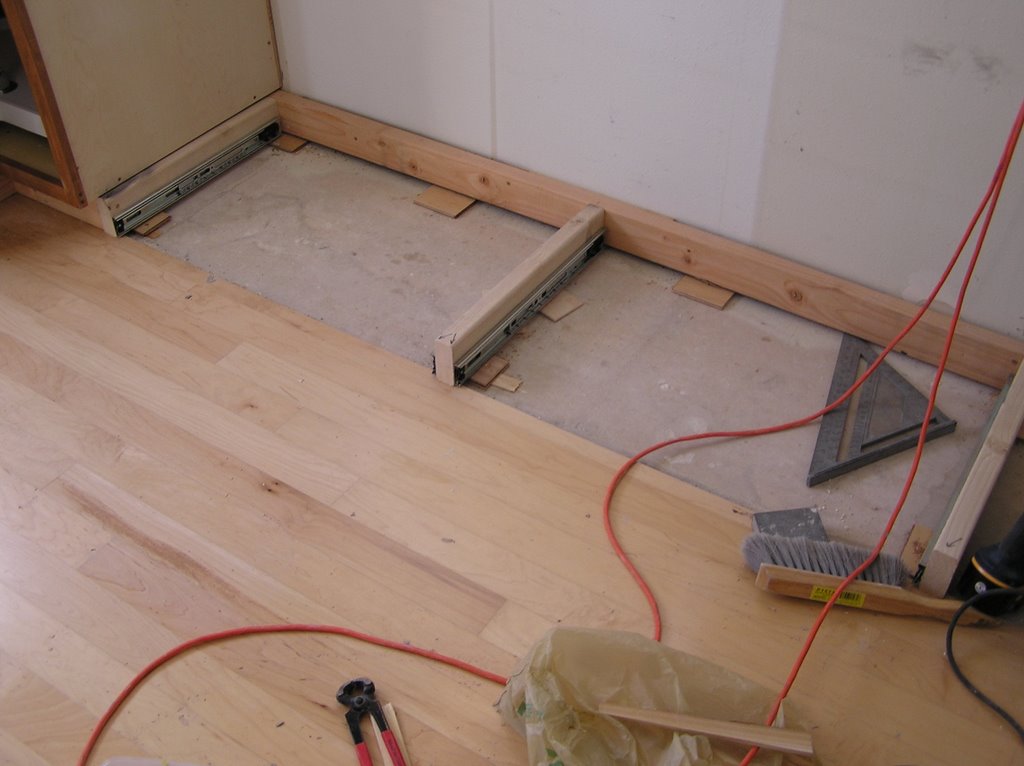by: Flor Buenaventura
Do you sometimes find yourself wishing that your favorite TV chair can also be a rocking chair? Is there a new baby in the family that you wish you can sing to sleep in your arms while sitting comfortably yourself? Does your idea of unwinding after a long day's work include reading a book by the fire in the winter or just contemplating the outside scenery in the summer?
American fondness for rocking chairs
If you answer yes to any one of these questions, then you are not alone. A growing number of Americans either own a rocking chair which has become a member of the family or think of buying one.
Rocking chairs began to appear in the late 1700s when someone ingeniously thought of adding skates or rockers to the bottoms of adult furniture, similar to a child's rocking cradle or rocking horse.
Since then, owning a rocking chair has become a distinctly American proccupation, with most Americans, including some of America's famous presidents, showing great fondness for their rocking chairs - whether they be the elegant American designer Sam Maloof creations with the elongated curved runners or the homely white wicker rocking chair that usually has been with the family for more than 30 years.
But how do you choose a good rocking chair. Below are some tips on how to choose a rocking chair that is right for you.
Tips on how to choose a rocking chair
1. The first thing to ask yourself is where are you going to put your rocking chair? If indoors by the fireplace or the family room, you can choose a cushioned or timber rocking chair made of light maple or yellowish oak. Or if outdoors in your garden or front porch, you can choose a sweetly-scented cedar, a painted brazilian cherry wood or teakwood durable enough to withstand the elements.
2. A very important priority in rocking chairs is comfort. Rocking chairs have been used for therapeutic purposes - John F Kennedy's rocking chair being a famous example. It is said that President Kennedy found hours and hours of relief for his bad back from this Appalachian oak rocker which has a steam-bent curved backrest and woven seat made of Malaysian rattan.
Answering the following questions may help you to judge whether the rocking chair you are choosing will give you the level of comfort that you need.
- Does the rocking chair provide seating comfort and support?
- Is the chair set low enough for comfortable elbow support?
- Are the armrests wide enough to rest your arms and provide the right balance?
- Do the seat and back offer both firmness and flexibility?
- Do the seats slant downward to fit the whole back while supporting the lower back?
3. Is the rocker pitched correctly? In layman's terms, does the rocking chair provide a smooth and even rocking motion without tipping, even when you are in the reclining position? Or does it feel like you are about to flip backwards when you are rocking? Does a single push keep the rocking chair rocking for a few minutes or does it stop after onlya few seconds?
4. Was the rocking chair constucted using techniques that have been proven to result in stronger and more durable rocking chairs that can withstand everyday use? Some of these techniques include construction without glue, interlocking joinery and the famous Maloof technique of using seven laminated strips of wood to strengthen each of the long, elegant skis that are used in his rocking chair designs.
5. What style of rocking chair will fit your decor? Do you want an upholstered rocking chair or do you want to see the timber's natural woodgrain enlivened by an oil finish? Do you want charming white wicker chair or casual rattan? How do you want your the back of your rocking chair - traditional ladder back horizontal slats, vertical slats or woven cane? Do you want it stained, oiled, varnished or painted?
6. How much do you want to spend for your rocking chair? Whatever your budget, there seems to be a rocking chair for everyone's fancy - whether its the $20,000 Sam Maloof with a two-year waitng list for the ultimate in rocking chair experience or the vintage white wicker rocking chair you've just bid successfully on ebay for $20, or somewhere in between.
7. And last but not least, do you want your rocking chair shipped to you assembled or are you handy with tools and don't mind assembling it yourself if you can save some money?
I hope these tips will make it easier to find the rocking chair that's just right for you - whether you're the couch potato looking for a more comfortable seat in front of your favorite TV sitcom, the delighted parent of a newly-born baby or the urban worker trying to relax in the evening after dinner with a book or the quietness of the night by the front porch.
About The Author
Flor Buenaventura is a writer who has a great interest in furnishings for the home and garden. To see a fantastic collection of resources related to rocking chairs, please visit her http://www.rocking-chair-dad.com website.
|




